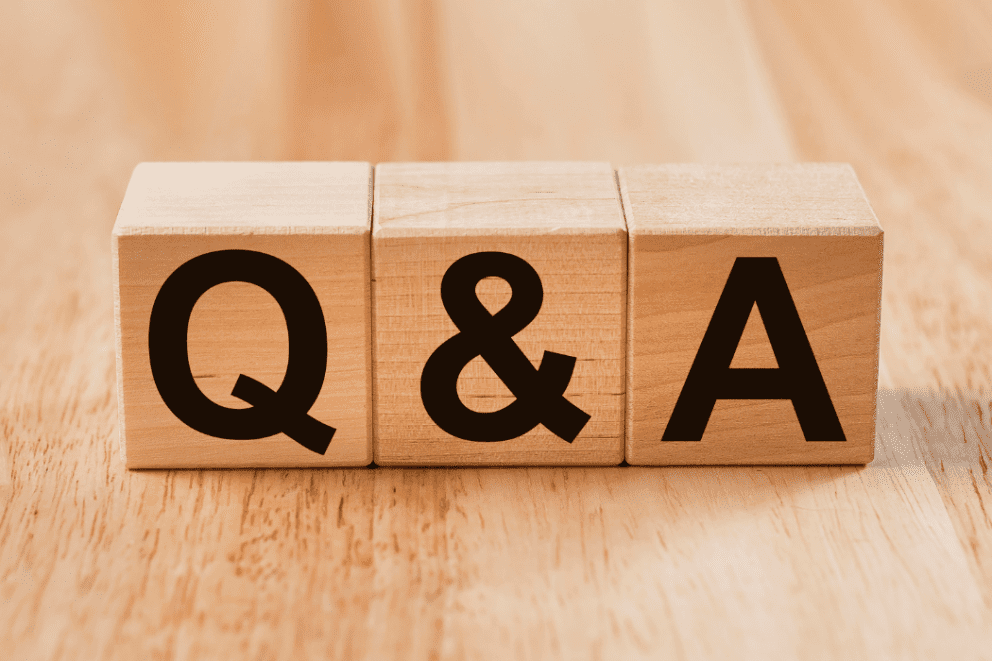
Allowances as Financial Education for Kids

According to experts, the best way to start financial lessons for kids is to let them earn some money to manage. “Earning” is key; allowances should really be commissions for work, to help kids understand the concept of income by connecting “effort” with “money”. Try assigning monetary values to chores and letting the kids participate in tallying up their totals. If your children already do their part at home, you can express your expectation that they’ll keep it up in order to earn their allowance, and offer extra money for bigger or unusual chores.
When to pay allowances – and how much
Pay out allowances on a weekly, biweekly or monthly basis. You might consider paying allowances on the same days you get paid yourself, so you can talk as a family about what everyone did to earn that cash. It’s up to you how much to give, but a good place to start is $1 for every year old the child is. Dial this up or down depending on how many purchases you want your child to be responsible for.
Spend, share, save
Encourage your kids to split their allowance three ways: some for spending, some for sharing (or giving), and some for saving. Individual piggy banks work well for younger kids who need to see tangible money, but once kids start school, they’re ready for a savings account for kids to stash their “saved” money.
When it comes to their spending money, have a dialogue with your kids about what they’d like to purchase and what their options are if they don’t have quite enough cash. If you’d like, you can offer to loan the money for a bigger purchase. Just make sure you loan the money with interest and make allowance deductions until it’s paid off. This works well with kids over 10 years old.
Choosing a charitable cause for the “sharing” portion of this helps kids get involved in the community and excited about a cause that aligns with their interests. Let your child lead the way when deciding how and where to spend this money.
Opening a kids’ savings account is the best way to get kids comfortable with banking and teach the value of compound interest. The best bank account for kids helps parents reinforce financial lessons learned at home. Liberty Bank’s All-Stars Youth Savings Account is designed to help kids learn the fundamentals of money management while earning a competitive interest rate. Kids can even earn extra money every time they get a report card – $5 for every report card with an “A”!
Learn more about the All-Stars Youth Savings Account >



